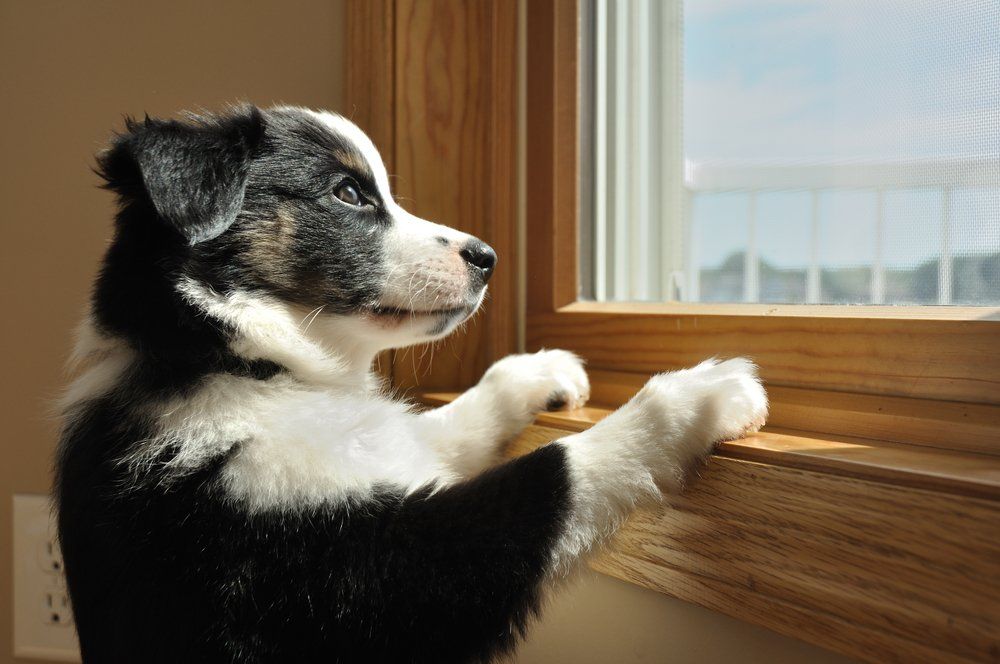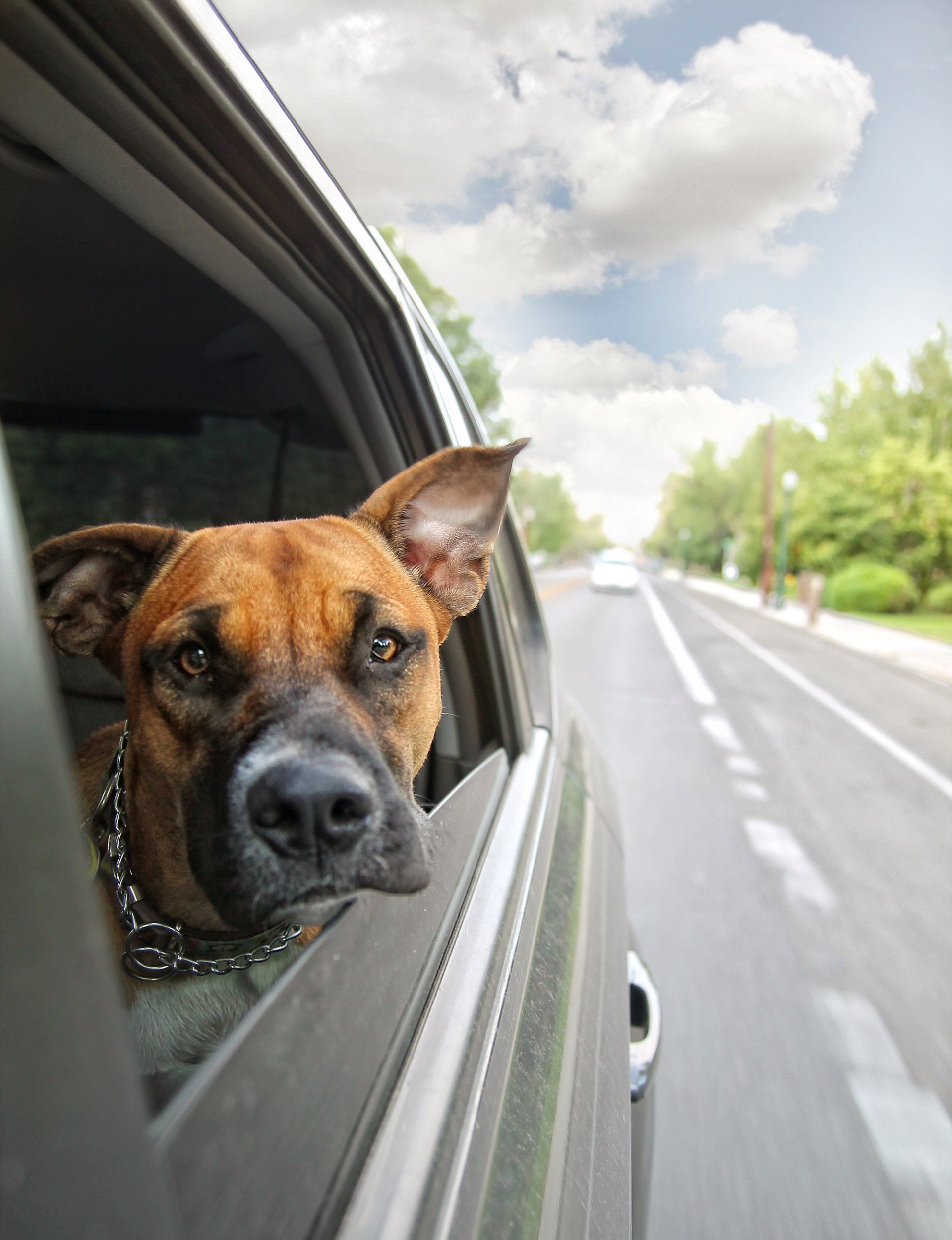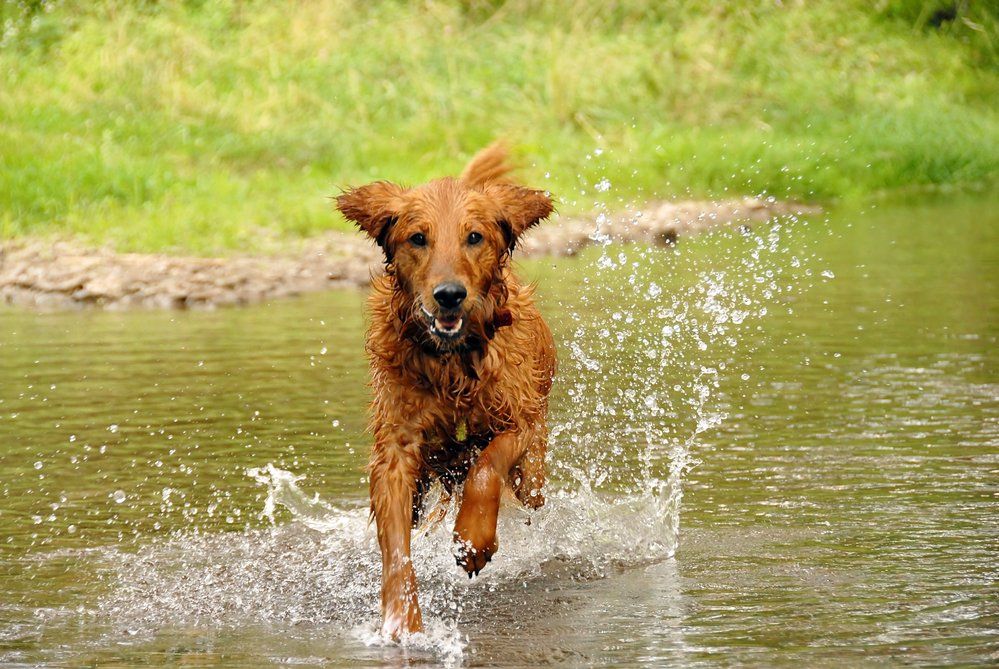





Dogs are creatures who are accustomed to having consistency in their lives-eating habits, poo-ing schedules, walk timings and especially, their surroundings. For this reason, they are not fans of going through the moving process and ending up in a strange, unknown place. It is true that they can adjust well with time, but it is also true that proper care, attention and some techniques are required of the owner to minimize the negative effects of moving on your pet and to ensure that this transition is carried out smoothly and comfortably.
In this article, we will be talking about how moving with dogs can be made as uncomplicated as possible for these lovable creatures.
Addressing Health Concerns First
Before you move to the new area with your pet, you should consult your current vet and take suggestions for capable, skilled vets presently working in your new neighborhood and how you are supposed to adapt your current pest-ticks, fleas, mites, etcetera-control methods in accordance to the climatic conditions of the new area.
You should also have contact information of your local emergency veterinary clinic/hospital-the one that's closest to your residence-just in case. Moreover, it is imperative for you to have all of your dog's necessary healthcare documents and certificates sent to its new hospital or health care facility.
Helping Improve Your Dog's Social Skills in the New Environment
Strange faces, roads, sidewalks, noises and people moving around in your house may confuse your dog more than you can imagine. They may resort to escape if they spot an open exit. You should try to shrink the possibility of this happening to the minimum but just in case, make sure that your dog is micro-chipped and wears its identification tag all the time.
Moreover, to make your pet feel more 'at home', you should try to imitate the setting of their kennel and toys as it was at your previous house. For the first few days, try to shield them from loud, unfamiliar noises by keeping them in relatively quiet places.
You should take them on frequent walks around the neighborhood or to nearby parks-leashed-and greet new neighbors and passerby's on your way to sort of train them into considering the new area their 'home'. You can also make use of some assistance from dog trainers if you think that your pet is taking too long to adjust and train.
Safety Concerns
Before your moving day arrives, it is very important for you to be completely positive about your dog's security in your new home and community. Firstly, you should make sure that there don't exist any dog breed restrictions that will impact your pet in the area. Secondly, you should also check with the local associations about limits related to quantity if you own more than one dog.
Thirdly, before you let your dog roam free without its leash, you should check your entire house's infrastructure and your yard carefully for any holes in fences, unknown spaces, broken glass pieces or pointy objects etcetera as once free, your dog will want to explore the new area to the core. You certainly wouldn't want your 'child' to get hurt during its innocent ventures.
Training Techniques to Aid Adaptation
Due to the major changes they will be going through, you should be ready to cut your dog some slack and expect some setbacks in their training. They may not know exactly how to react to the new situation, in a new place.
Hence, after you have moved with your pet, you should proceed with some fun training techniques which would involve you and them getting back into the usual comfort zone. High-value treats coupled with refreshing training games will prove to be sources of stress-relief as a bonus.
Hire a Moving Company
This will free you up to be much more attentive to the needs of your dog. Getting a moving company to do the heavy lifting will keep your stress levels lower as well. This extra bit of calm with benefit your dog. Also, check out these tips for a stress free moving experienc
e.






